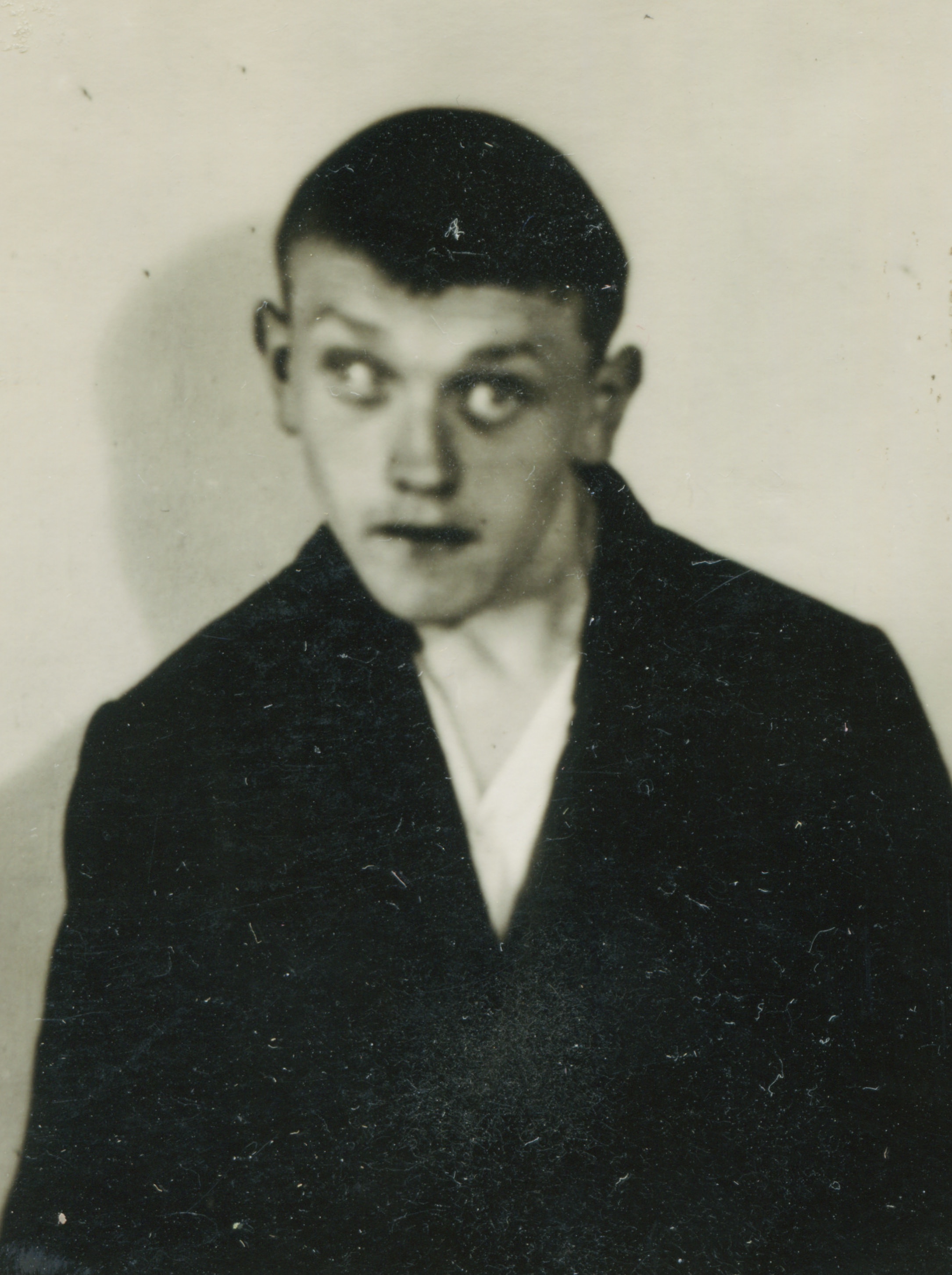Search for Names, Places and Biographies
Already layed Stumbling Stones
Suche
Emil Demrath * 1916
Ausschläger Billdeich Ecke Billstraße (Hamburg-Mitte, Rothenburgsort)
HIER WOHNTE
EMIL DEMRATH
JG. 1916
EINGEWIESEN 7.8.1943
’HEILANSTALT’ EICHBERG
ERMORDET 2.12.1943
’HEILANSTALT’ HADAMAR
Emil Demrath, born on 15 May 1916 in São Paulo, murdered on 2 Dec. 1943 at the "Landesheilanstalt” Hadamar/Nassau
Intersection of Ausschläger Billdeich/Billstrasse (Ausschläger Billdeich 10)
Thirteen years after his first admission to what was then the Alsterdorf Asylum (Alsterdorfer Anstalten), the file on Emil Demrath reads, "Always calm and friendly, makes no trouble, carries out any assignment given to the extent he is capable. Usually helps fellow patients requiring help. Goes for a ride with them, lends them a helping hand with little things, dresses and undresses them. Clean in terms of body and clothes. Has a good appetite.” Perhaps Emil Demrath was selected because of his helpfulness toward others for the first transport of inmates of the former Alsterdorf Asylum, who were transferred in Aug. 1943 to "relieve” the institution.
Emil’s father, Eugen Demrath, worked for Hamburg-based Frey & Co. in São Paulo and was married to Agnes, née Reger. Their only child, Emil was born there on 15 May 1916 and baptized in the German community of São Paulo on 3 Dec. 1916. Even early on, physical peculiarities emerged: Emil was delicate, held his head tilted to the left side, his left eye squinted to the outside, and his hands were moving constantly; perhaps complications during birth had caused some type of brain damage.
On 16 Aug. 1916, the father died of cancer. The mother traveled together with Emil to see relatives in Hamburg, received a pension from her husband’s employer, and lived as a subtenant at Ausschläger Billdeich 10 in Rothenburgsort. In 1922, she decided to admit him to what was then the Alsterdorf Asylum. His most conspicuous features were his thinness and the markedly smaller left half of his face. After an institutional stay of only five months, Agnes Demrath took her son back home again. Due to his uncontrolled movements, athetosis, and his mental underdevelopment, she handed him over to the institution again on 7 Apr. 1923. For her part, she moved to Bürgerweide street.
Emil was classified as not educable in terms of formal schooling, but he worked in the weaving workshop and helped his fellow patients in prudent ways. In 1936, the cause of his athetosis was diagnosed as a disorder of the mesencephalon not classified in any more detail. That same year and once again in 1941, his unfitness for military service was ascertained, which meant he was excluded from the circle of persons liable for military service for good.
Agnes Demrath maintained close contact with her son, picked him up for walks, and frequently had him go on institutional leave to stay with her at home. Several times, Emil stayed on vacation for longer than allowed, but for him as a calm and good-natured patient, this did not have any consequences. The heavy air raids on Hamburg in July/Aug. 1943 severed contact. Agnes Demrath was bombed out in Borgfelde and evacuated to Breddin in the province of Ostprignitz; Emil Demrath was transferred to the "Heil- und Pflegeanstalt Eichberg,” a sanatorium and nursing home in the Rheingau on 7 Aug. 1943. On 17 Jan. 1944, his mother asked the administration of the former Alsterdorf Asylum for information about her son. She was told about his transfer. By that time, however, he was no longer alive. He had been transferred to the "Hadamar Sanatorium and Nursing Home” ("Heil- und Pflegeanstalt Hadamar”) in Oct. 1943 had been murdered there on 2 Dec. 1943. Emil Demrath reached the age of 27.
Translator: Erwin Fink
Kindly supported by the Hermann Reemtsma Stiftung, Hamburg.
© Hildegard Thevs
Quellen: Ev. Stiftung Alsterdorf, Archiv, V 110; Jenner, Meldebögen; Wunder, Abtransporte; ders., Exodus.


